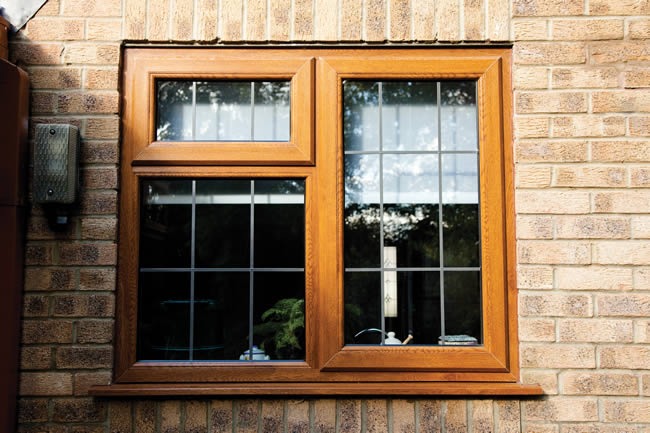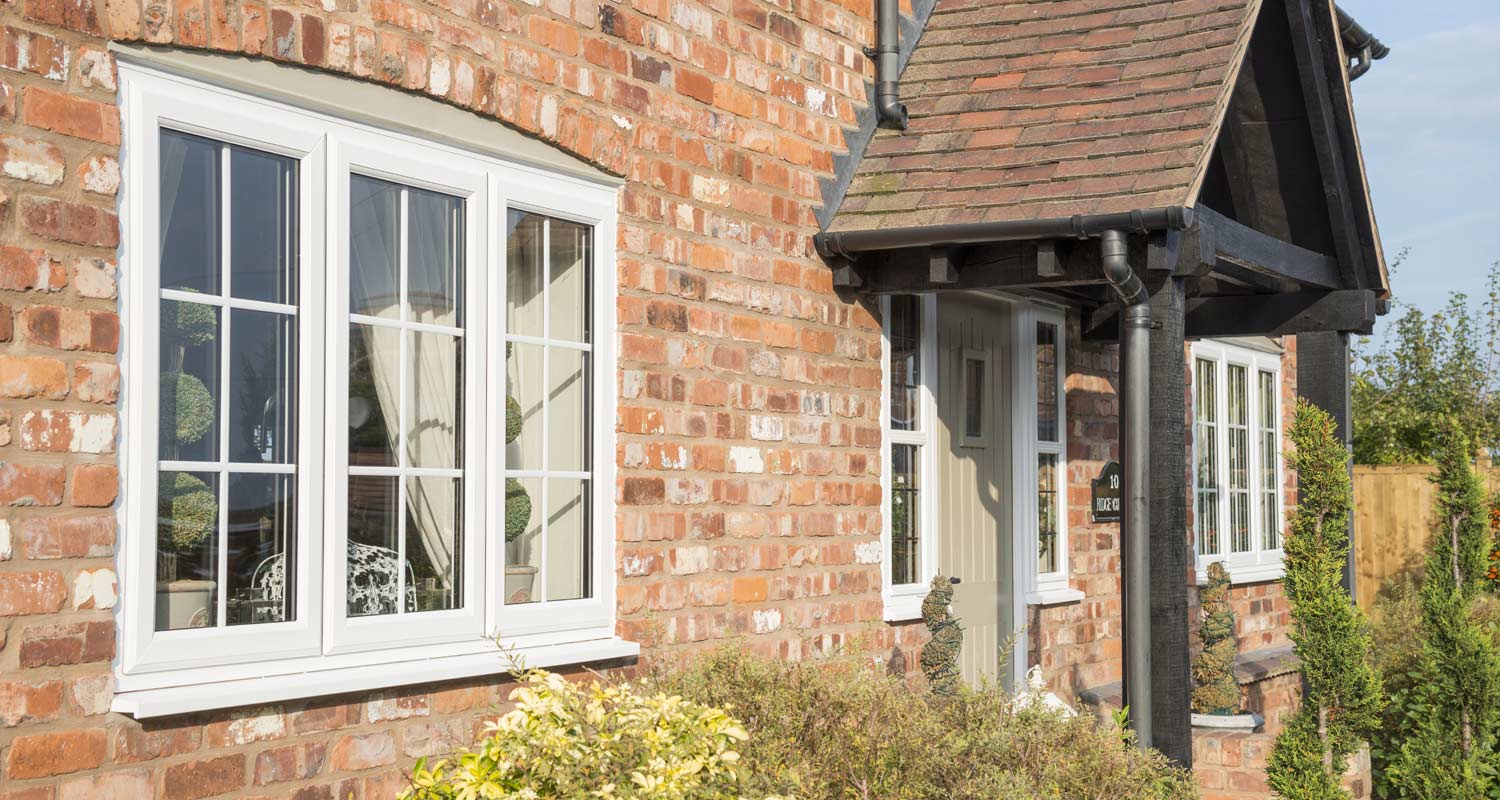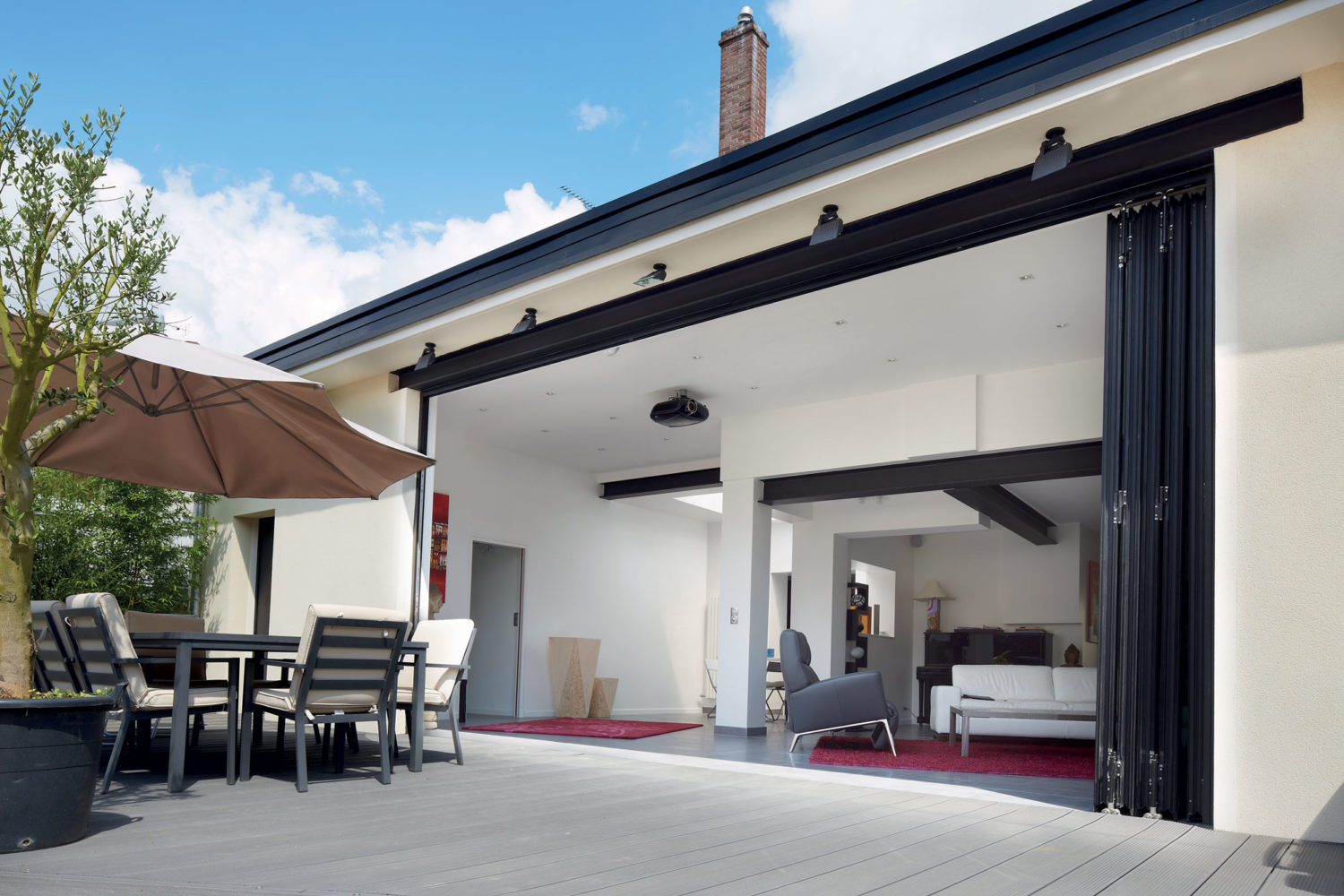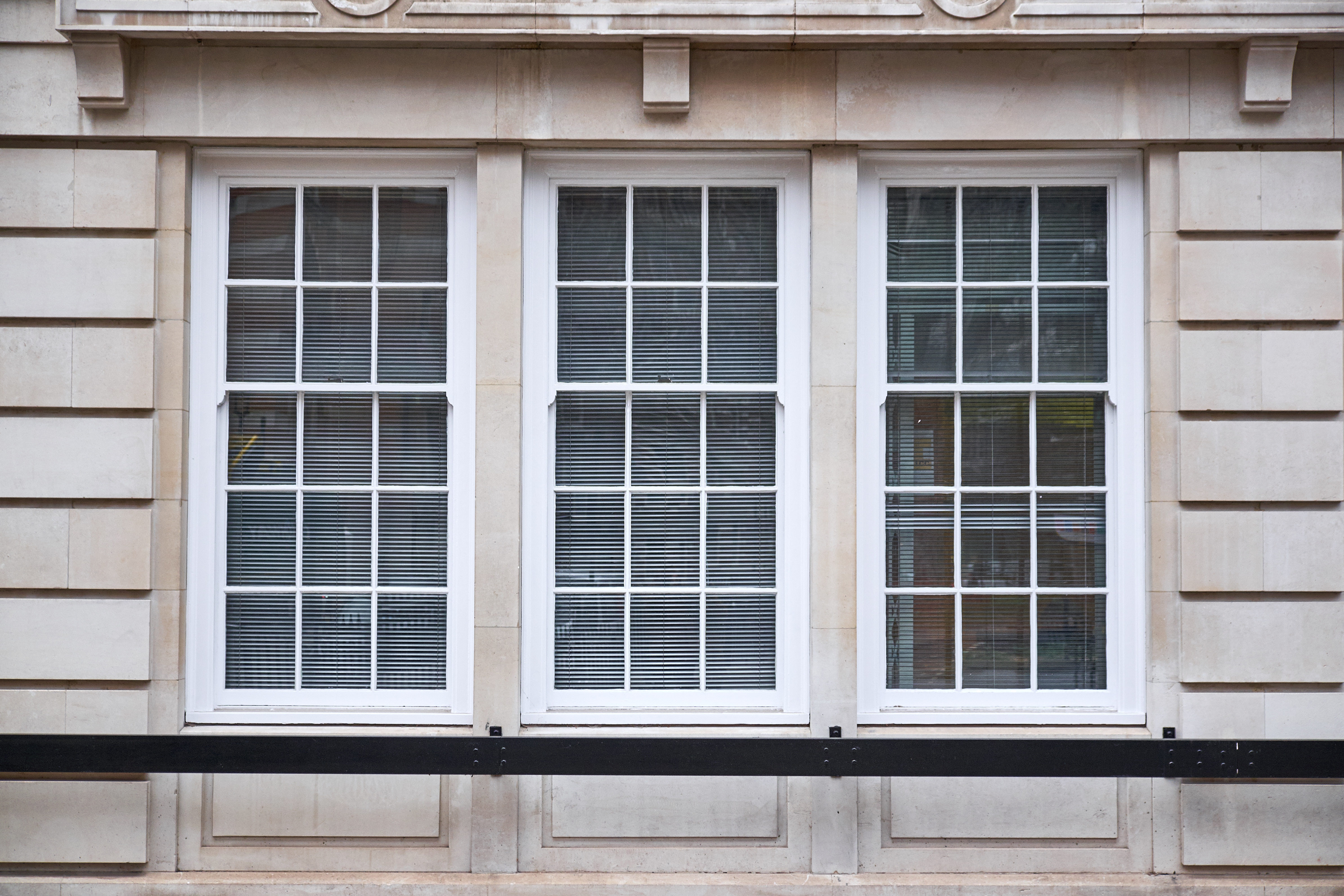Modern day homeowners are always looking for creative ways to make their property stand out. Sometimes this might mean having an extravagant conservatory installed, a revitalised front entrance, but there’s no denying the amount of potential posed with a set of windows. From coloured frames to astragal bar patterns, adding a splash of personality through the self-proclaimed ‘eyes of the home’ is a good idea. However, don’t deny what’s possible with historical design approaches like those found with lead glass windows.
We at Fitter Windows are proud to offer residents based in Kent and Essex the ability to enjoy beautiful lead glass windows designs. However, we’re well aware that a large number of people might not know the benefits they introduce. Because of this, we thought we’d take the time to publish a comprehensive guide documenting all you need to know about lead glass windows as a design option – From where they come from to how they are manufactured:
The origin of Lead Glass Windows
Simply put, lead glass windows refer to a notably historical type of decorative window style, defined by small sections of glass that are supported using lead divider bars. Alongside stained glass windows, windows styled in this way were – and sometimes still are – most commonly integrated within churches and architecture that is more ornate in nature. Slowly but surely, however, lead glass windows have found a home amongst domestic properties in certain areas of the UK.
Lead glass windows have been a British staple in architecture for well over a thousand years. The earliest time period we can trace them back to is during the Roman and Byzantine eras, but it was really during the late Middle Ages where the profession of window leadlighter was commonplace all over Europe. Since then, lead glass windows have survived and continued to be a popular alternative to stained glass window styles, overcoming the popularity of sash windows in the late 17th and 18th centuries to remain a popular choice for traditional casement windows engineered in uPVC and timber.
Different patterns evoke different eras and time periods
As you can expect, throughout the decades there have been different lead glass window designs each evoking their own distinct mood and feel. One of the most common patterns most homeowners will likely be familiar with is the classic diamond shape, sometimes repeated over and over which is very indicative of 15th century English church architecture. Rectangular lead glass windows were a mainstay right up until the late 1800s, where the advent of shaped/curved casement window styles meant that more experimentation could be head with leadlight patterns.
Here at Fitter Windows, we have the ability to accommodate various lead glass window designs to help Gloucestershire homeowners achieve their ideal property aesthetic. Your chosen pattern and layout will determine the era and tone. In terms of just colours alone, available finishes range from delicate pastels to intense hues, all of which can be kept in line with the original style’s historical roots or to something more suited to contemporary properties.
How are lead glass windows made?
Lead glass windows are historic by design, so it makes sense that to achieve the true authentic aesthetic the same manufacturing methods are used. This involves piecing the necessary glass panes together while supporting them using lead bars strong enough to withstand the extra glazing weight. It’s a relatively simple, but important process which successfully recreates the truly authentic style found in original lead glass windows.
Where necessary, modern lead glass windows can be supplied in bevelled fashion to give a softer appearance than one would usually expect. Other modern opportunities include the ability to incorporate a new set of colour finishes and additional double glazing to better keep living spaces comfortable and energy-saving.
Advantages of lead glass windows in the 21st century
You might be under the impression that, today, lead glass windows are only of use to those lucky enough to live in a rural or historically-inclined household. In actual fact they offer a lot of advantages and benefits to contemporary homeowners too, engineered to stay up to date with the modern demands properties are expected to adhere to.
- A wide range of glass patterns exclusive to leaded windows
- Just as tough as standard uPVC casement windows
- The true appearance of history without any hassle
- Available in double or triple glazed capacity
Stylish lead glass windows fit for the modern home from Fitter
In 2018, lead glass windows continue to be an incredibly alluring temptation for homeowners. With the many creative opportunities available with the style’s lead bar customisation, up-to-date thermal and security performance, with all historical beauty staying intact, the team here at Fitter Windows feel they are always well worth considering.
Start Your Double Glazing Quote
It’s never been easier to contact our team to discuss double glazed windows in and around Harlow, Essex & Kent. You can call us on 01322 515 960, email hello@fitterwindows.co.uk or fill out our online contact form and a member of our team will be in touch.
Or why not start an online quote. Simply enter a few details and our team will be in touch to discuss your project and arrange for a quotation.
Categories: Windows & Doors



